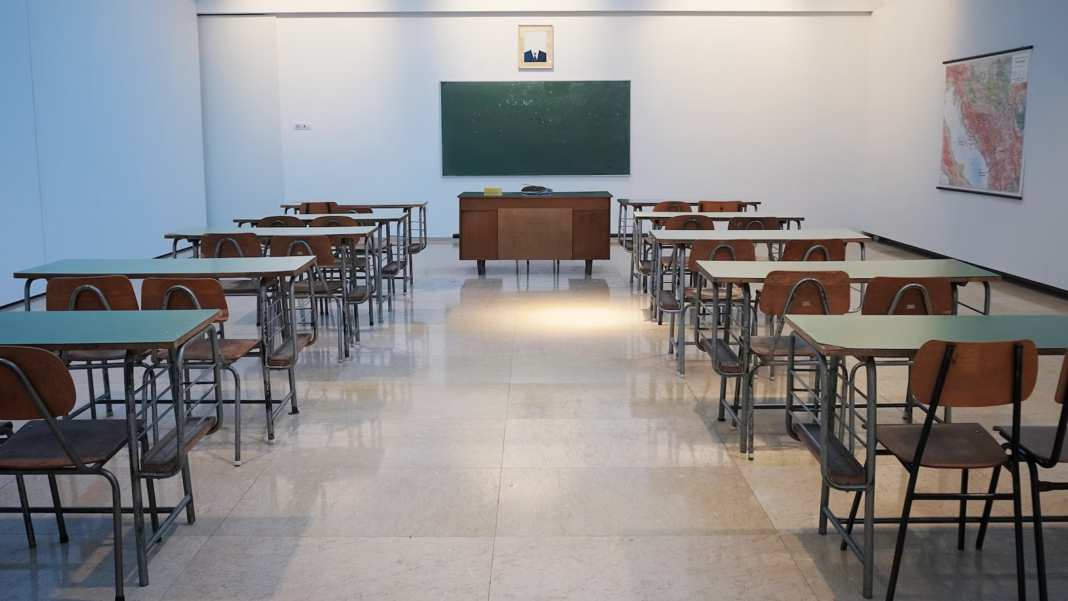Photo credit; (https://unsplash.com/s/photos/school)
School attendance rates in Australia have been declining steadily over the past few years. According to a report by the Productivity Commission, the rate of children staying home from school, whether for mental health or illness, is on the rise in Australia. The national primary school attendance rate was 87.8% in 2022, a 4.5% drop from 2021, after years of small declines. High school retention rates have started to decline in Australia with one in four kids from a poor family likely to drop out of school before the end of Year 12.
In addition, exclusionary discipline such as suspensions and expulsions could set vulnerable kids on a path to school drop-out, drug use, and crime. Increasing numbers of students are being excluded from Australian schools, both temporarily and permanently, through informal and formal suspensions, expelling them, and canceling their enrolments. This trend begins in the first year of school when children can be as young as four years old. Informal exclusions are more common at this stage and usually occur in the form of a phone call requesting parents “take home” their child. However because exclusionary discipline does not address the issues underlying children’s behavior and can reinforce it, short informal exclusions quickly progress to longer, formal suspensions. And because suspension still doesn’t solve the problem, one suspension can become many.
Around 25% of disengaged young people do not complete school, with some variation nationally from primary to secondary school. Of the 25% who did not complete school in 2013-14, one in four students indicated that they did not like school, with some indicating that their disinterest was on account of not doing well. According to data released by the Productivity Commission, about one in five students leave before they reach Year 12. In 2022, about 79% of students started Year 12, the lowest in the last ten years of data reported. The rate was higher for non-government schools (87.2%) than for government schools (73.5%). With experts agreeing that completing school is the single biggest contributor to healthy lifelong economic outcomes, the new data adds further national anxiety to stagnant literacy and numeracy outcomes and increasing rates of adult illiteracy.
It is important to address the root causes of these issues and provide support to students who are struggling. This could include providing mental health resources, addressing bullying and harassment, and improving the quality of education. It is also important to ensure that exclusionary discipline is used as a last resort and that students are provided with the necessary support to address their behaviour.
If you or someone you know is struggling with school attendance or mental health, it might be helpful to talk to someone you trust, such as a friend, family member, or mental health professional. They can provide support and guidance to help you overcome these challenges.









